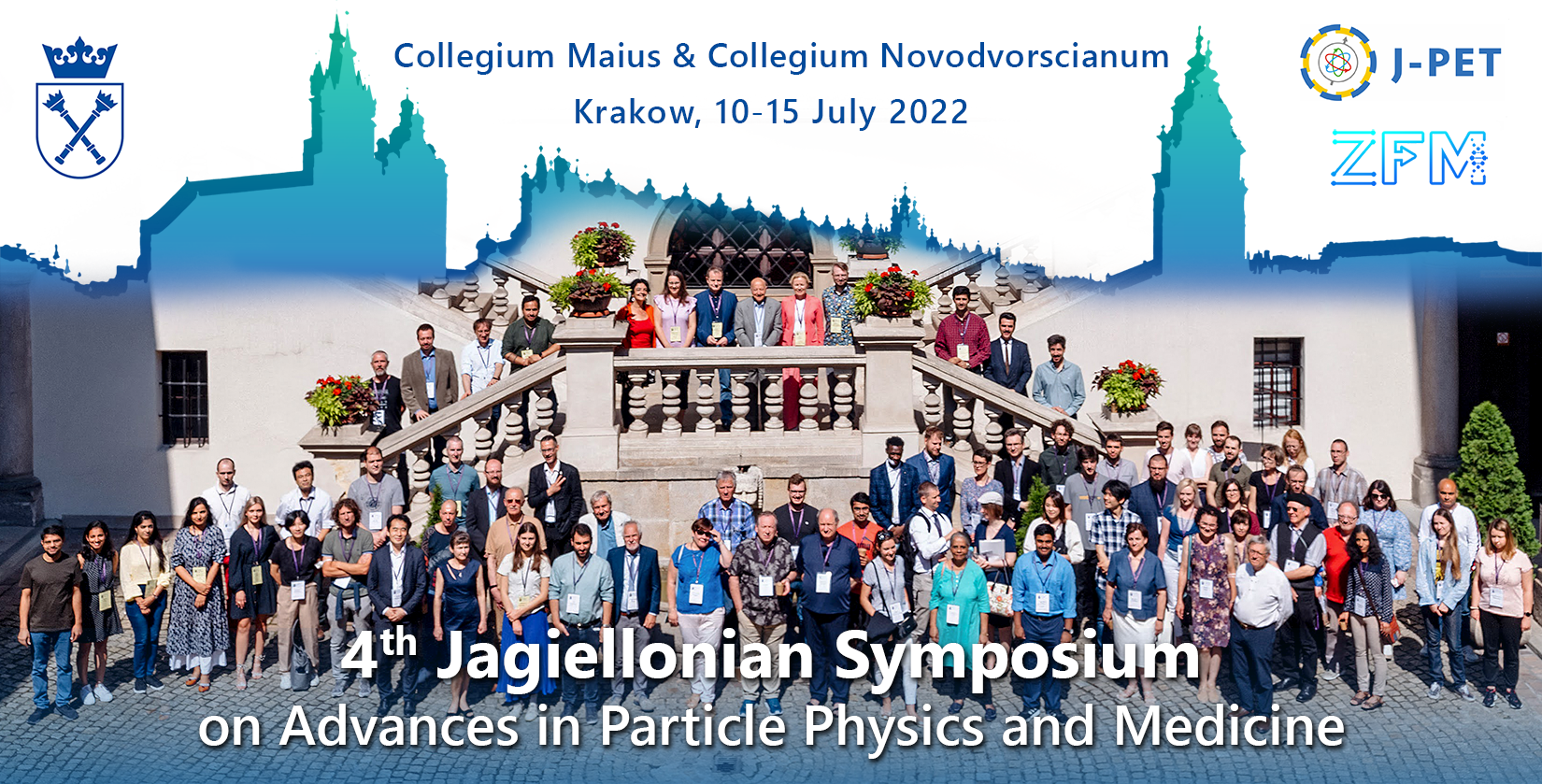Speaker
Description
Authors: Dominik Panek, Monika Szczepanek
Co-authors: Bartosz Leszczyński, Paweł Moskal, Ewa Stępień
Micro-computed tomography (micro-CT) is nowadays often used to examine biological samples. This technique, based on the attenuation of X-rays, is capable of achieving micrometric resolution. However, the challenge is to stain the samples in such a way that they will be opaque to the X-ray radiation with a given energy. That is why different types of contrast agents are being currently developed in order to obtain the highest contrast. But the contrast itself is often not enough for the biological studies. It is also important for the contrasting agent not to be toxic in any way – it has to be biocompatible. Example of such contrasting agents are gold nanoparticles (AuNPs), which are by far the most studied nanomaterials and, amongst other metallic nanoparticles, are believed to be the most appropriate for biological research [1, 2]. In our studies, the CT scanner (SkyScan 1127) was used in order to visualize the uptake and accumulation of AuNPs. The nanoparticles were incubated with melanoma cell line (WM266-4) spheroids – a 3D cell model of cell culture intended to imitate tumor tissue, especially the environment inside it [3]. In this case, micro-CT was used to check if it is possible to visualize AuNPs inside spheroids created from a the same number of cells (2000) and on different days of growth (3rd and 7th), incubated for 24h. The concentration of gold NPs used in this study was identical for all the samples and equal to 2.5 µg/ml. Additioanlly, the same concentration of AuNPs was added to the cells from the beginig of spheroid creation to comapre it with standard method. The results of experiments indicate that AuNPs are promising contrast agents, due to their high atomic numer, which does not require the use of high concentraions. The spheroid was not created in case of the method where AuNPs were added to the cells from the beginning.
References
[1] Kus-Liśkiewicz M, et al. Biocompatibility and Cytotoxicity of Gold Nanoparticles: Recent Advances in Methodologies and Regulations. Int J Mol Sci. 2021;22(20):10952.
[2] Karimi, H., Leszczyński, et al., X-ray microtomography as a new approach for imaging and analysis of tumor spheroids. Micron, 137.
[3] Stępień, E., Karimi, H., Leszczyński, B., & Szczepanek, M. (2020). Melanoma spheroids as a model for cancer imaging study. Acta Physica Polonica. B, 51(1), 159–163.
Acknowledgements
The authors acknowledge support by the TEAM POIR.04.04.00-00-4204/17 program and the SciMat and qLife Priority Research Areas budget under the program Excellence Initiative - Research University at the Jagiellonian University and by DSC grant, no. N17/MNS/000058/2021, awarded to D. Panek funded by Jagiellonian University.

